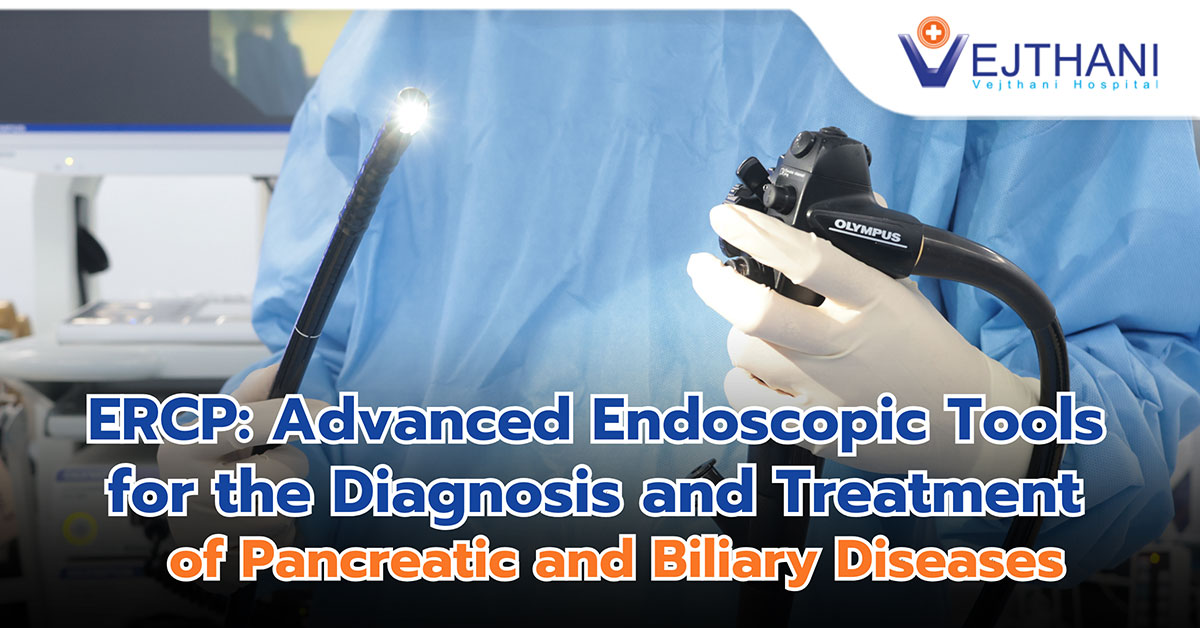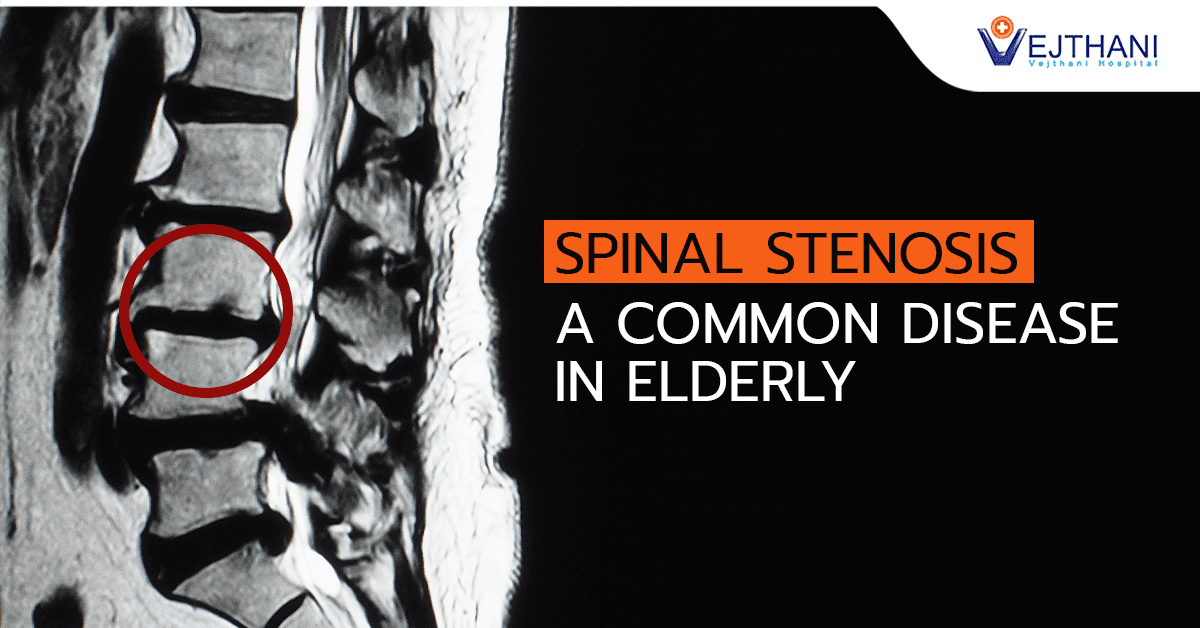
Progressive supranuclear palsy (PSP)
Overview
Progressive supranuclear palsy (PSP), also known as Steele-Richardson-Olszewski syndrome, is a rare neurodegenerative disorder that impairs motor functions such as walking, balance, eye movements, and swallowing. The disease results from the deterioration of brain cells in areas that control movement, coordination, and cognitive functions. As a progressive condition, PSP symptoms worsen over time, leading to severe complications like pneumonia and swallowing difficulties.
The term “supranuclear” refers to the location of the brain damage above the nuclei that control eye movements, and “palsy” indicates muscle weakness or difficulty in using them. This results in a characteristic inability to move the eyes, which is a hallmark of PSP. It is often mistaken for Parkinson’s disease in its early stages due to similar symptoms but progresses more rapidly.
There is no cure for PSP, so treatment primarily focuses on symptom management. The condition most commonly affects individuals over 60, and it is extremely rare before the age of 40. Healthcare providers emphasize supportive care to improve quality of life and mitigate the impact of symptoms.
Symptoms
Progressive Supranuclear Palsy (PSP) is a neurological condition with symptoms that can vary from person to person, typically worsening over time. Here’s a breakdown of common symptoms:
Early symptoms
- Loss of balance and falls: Difficulty maintaining balance while walking or climbing stairs, often leading to falls, particularly backward.
- Eye movement impairments: Problems with aiming the eyes, particularly downward, which can cause blurred and double vision.
- Facial expressions: A wide-eyed, staring expression, sometimes appearing surprised or frightened due to rigid facial muscles.
Physical symptoms
- Stiffness and awkward movements: Notable stiffness, especially in the neck, affecting mobility.
- Speech and swallowing difficulties: Slow or slurred speech and trouble swallowing, which can lead to gagging or choking.
- Sensitivity to lght: Increased discomfort in bright light.
Cognitive and behavioral symptoms
- Mood and Ppersonality changes: Depression, anxiety, apathy (loss of interest in pleasurable activities), irritability, and personality changes.
- Cognitive impairments: Difficulties with reasoning, problem-solving, and decision-making.
- Impulsive behavior: Exhibiting impulsive actions or inappropriate emotional responses such as laughing or crying unexpectedly.
Sleep-related symptoms
- Sleep disturbances: Issues with sleep, including insomnia and REM sleep behavior disorder (RBD).
It’s important to consult a healthcare professional if you experience any of the above symptoms, as they tend to progress gradually and become more severe over the years. Early medical intervention can help manage symptoms and improve quality of life.
Causes
Progressive supranuclear palsy (PSP) is a neurological disorder where the protein tau, essential for maintaining healthy brain cell structure, abnormally clumps together. This aggregation damages neurons, potentially due to factors such as random genetic mutations, exposure to unknown infectious agents, or environmental chemicals. PSP variably affects different brain regions at various stages but predominantly targets the basal ganglia and brainstem early on. These areas are crucial for posture, eye movements, thinking, emotions, and vital functions like swallowing. Despite the severe impact of PSP, it rarely runs in families, meaning the risk to biological siblings and children of those affected remains low.
Risk factors
The primary risk factor for Progressive Supranuclear Palsy (PSP) is advancing age, particularly in individuals aged 60 and older. Additionally, men and individuals assigned male at birth have a slightly higher likelihood of developing PSP compared to women and those assigned female at birth.




















